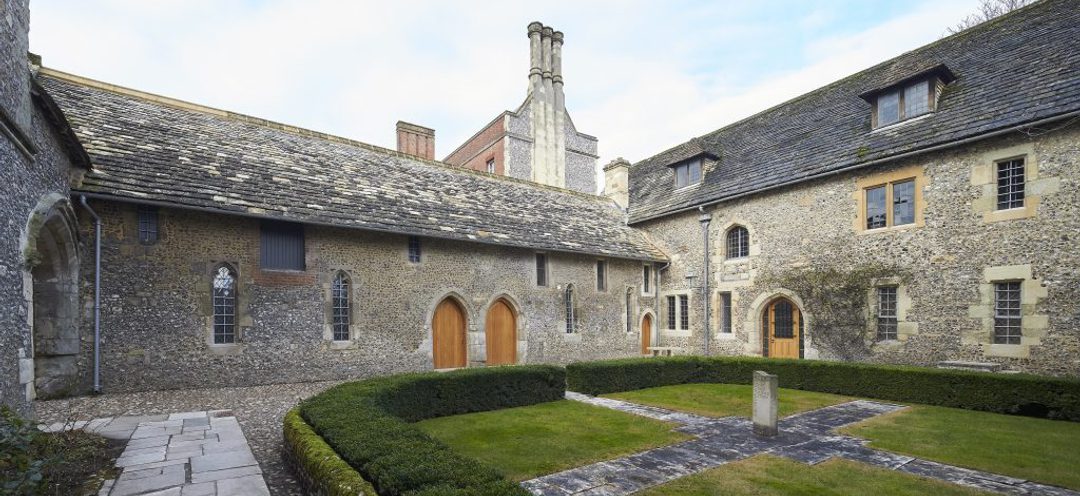On 15 August 1620 the Mayflower sailed away from Southampton bound for the New World with 102 pilgrims on board. Hampshire has a direct connection to the Mayflower as local boy Stephen Hopkins was one of those pilgrims. Read on to follow the story of his family life in Winchester and the rest of Hampshire, including the church where he was baptised in Upper Clatford.
2020 marked the 400th anniversary of the Mayflower’s pioneering voyage, a story of a ship and its passengers – a group of people that a remarkable 30 million plus US citizens have descended from. The commemoration focused on the key towns and cities that make up the national Mayflower trail. Visit the official Mayflower 400 website to explore the sites, attractions and places on the trail: mayflower400uk.org.

Southampton is just one of the cities along the Mayflower route and only 20 minutes’ drive from Winchester. The Mayflower arrived in Southampton in late July 1620 and several days later was joined by the Speedwell, carrying the pilgrims from Leiden. Their intention was to prepare both vessels and sail in company directly to America. Southampton was a thriving seaport offering all the commercial facilities to supply provisions and equip for the long sea voyage. Many of the buildings and streets familiar to the pilgrims then still exist. The Mayflower and Speedwell left together on Saturday 15 August in what would be a voyage of discovery leading to the founding of New England.
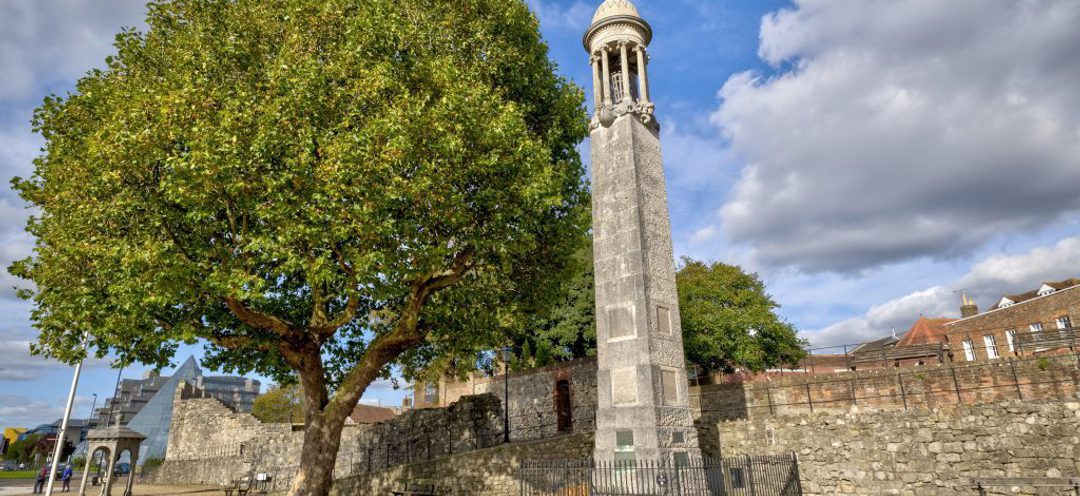
It is only relatively recently, less than twenty years ago, that a link between one of the key people to sail on the Mayflower and Hampshire was discovered by American researchers. Stephen Hopkins from Upper Clatford, Test Valley, Hampshire, was hired by the Revd Richard Buck to serve as a Minister’s clerk on board the Sea Venture, the flagship of the fleet that was taking the new Governor of Virginia to Jamestown, in 1609.
After being shipwrecked off Bermuda, reprieved from a death sentence on Bermuda having been accused of mutiny, staying in Jamestown for a few years, he returned to Hursley to find that his wife had died and his children were presumed orphans.
He left Hursley, near Winchester, with his family and later remarried in London in 1618. The opportunity to start a new life in America was presented by the Virginia Company and in 1620, Stephen, with his second wife and children, left for America again, this time on board the Mayflower. Stephen’s experience of the Native Americans in Virginia proved invaluable and he was one of two men chosen to negotiate with the Native Americans for the first time, which proved successful. He became a member of the Governing Council of Plymouth. Since 2009, a few of the many thousands of his descendants have made a pilgrimage back to Upper Clatford.
It is highly likely that Stephen and his family went on board the Mayflower at Rotherhithe in London as he moved to London and got married there when he returned from Virginia. So we cannot say for sure that he sailed from Southampton on the Mayflower. This was not stated in Caleb Johnson’s book on Stephen, who has done extensive research and written the book: Here Shall I Die Ashore STEPHEN HOPKINS: Bermuda Castaway, Jamestown Survivor, and Mayflower Pilgrim.
DID YOU KNOW?
Many scholars believe Shakespeare’s play The Tempest was inspired by the Sea Venture’s shipwreck and that the drunken power-hungry butler named Stephano in the play was based on Stephen Hopkins because of an incident on the island of Bermuda. The Tempest first appeared on the English stage in November 1611.
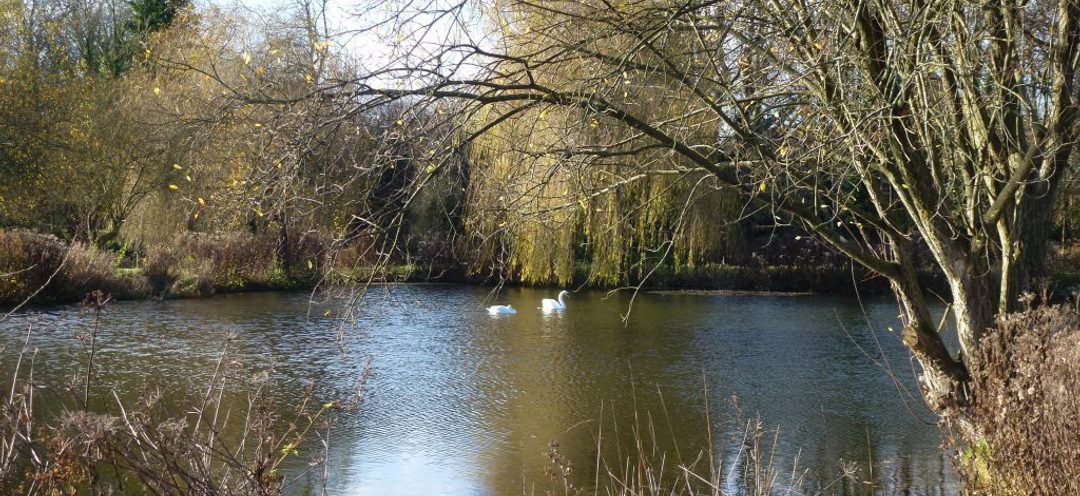
Stephen Hopkins was baptised on ‘the last of April 1581’ according to the parish register of All Saints’ Church, Upper Clatford, Test Valley and was the son of John and Elizabeth Hopkins. Hampshire Record Office holds his baptism entry (see below). Upper Clatford is situated just to the south of the historic market town of Andover. John Hopkins, his father, already had two children, William and Alice, but his first wife had died. He married Elizabeth Williams on 28 July 1579 at All Saints’ Church.
In 1584, Stephen gained a younger sister, Susannah, who was baptised on 24 June 1584 also at All Saints’ Church. The Hopkins and Williams were local families already known to each other – in 1553 the Hopkins family was involved in a court case with the Williams family over a dispute regarding tithes for crops grown in the common fields of Norman Court Farm.

DID YOU KNOW?
The market town of Andover, Test Valley was the local trading centre in the 16th century, and was important for wool trade, leathersellers and milling. The centre of the town was around the Upper High Street in the 16th century where the ‘Angel Inn’ had been rebuilt and can still be seen today, just along the road from the Norman archway of the original parish church.
There had already been a church in Upper Clatford for about five hundred years when Stephen was born. Records of the village from The Domesday Book show that Upper Clatford was already a well-established farming community which also had three mills. The church became the property of William FitzOsbern, William the Conqueror’s childhood companion, after 1066.
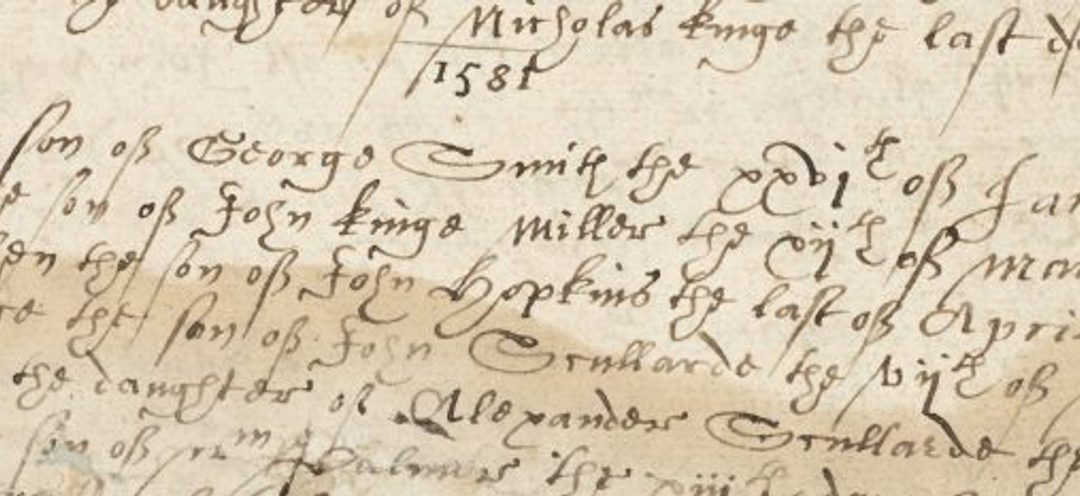
Baptism entry for Stephen Hopkins from the Upper Clatford parish register, copyright Hampshire Record Office: 11M69/PR1
DID YOU KNOW?Upper Clatford dates from the Saxon era – Clatford is Saxon for ‘the ford where the burdock grows’. Stephen would have seen the church with its recently restored tower, surrounded by picturesque water meadows. He would have found the medieval graffiti on the church walls, dipped his hand in the water in the old stone stoop and seen the large beaded pillars inside the church as a young child. The church was extended in the late 19th century with a new sanctuary and north aisle. Stephen may well have seen the trout in the clear chalk streams of the River Anton near Norman Court which flows south to join the River Test, and walked up the Village Street, with its many thatched cottages on each side of the road. He may also have ventured up Redrice Road to Bury Ring, an Iron Age hillfort, and played on the ramparts. At Bury Ring, Stephen would have seen the distinctive shape of Danebury Ring, a large Iron Age hillfort which can be visited today, which has spectacular views over the surrounding countryside.
During the Second World War, Upper Clatford hosted many Americans when they came to Redrice House, now Farleigh Preparatory School, when the American Army took it over as a planning centre. The US General and Supreme Commander, General Dwight D Eisenhower visited Redrice House twice.
Upper Clatford, where Stephen Hopkins was born and lived as a young child, is typical of the many picturesque villages which sit alongside the River Test, Hampshire’s longest river and the birthplace of modern fly fishing. The River Anton, a tributary of the Test, passes through the bustling town of Andover and village of Upper Clatford, and joins the Test at Fullerton. This is just a few miles from Stockbridge and the heart of the Test Valley with its galleries, distinctive independent shops and restaurants.
The historic market town of Romsey with its striking Norman Abbey also offers pleasant views of the river. Outside Stockbridge Iron Age hill forts look across the valley and are fantastic places to explore and walk your dog.
In addition to Test Valley’s connections with Mayflower passenger Stephen Hopkins in the seventeenth century, the landscape has experienced its fair share of historical events and characters including Florence Nightingale who lived at Embley Park north of Romsey.
The River Test’s 500 square mile catchment and its eight tributaries, encompass a variety of stunningly beautiful countryside – from the rolling chalk grassland of the North Wessex Downs Area of Outstanding Natural Beauty through to a broad and gentle valley, where ancient woodland such as Harewood Forest and lush water-meadows set a tranquil scene before meeting the Itchen at Southampton Water.

The Test Valley is rich in culture as well as natural history. Quintessentially English villages such as the Clatfords, the Wallops and the Sombornes are home to a wealth of local food and drink producers. As well as brown trout and grayling, the gin-clear, mineral-rich waters and it’s chalk aquifer support half a dozen vineyards, four breweries and of course two gin producers!
Test Valley is the home of The Leckford Estate where John Spedham Lewis, lived and created the wonderful Longstock Park Water Garden. And, if you like beautiful gardens, Sir Harold Hillier Gardens is just outside Romsey – home to more national plant collections than Kew. The National Trust’s Mottisfont House, a romantic house and gallery set in beautiful riverside gardens and Houghton Lodge, a real gem with its perfect setting above the River Test are also both worthy of a visit.
From the ground to the air, Test Valley has a number of attractions for everyone including the Army Flying Museum at Middle Wallop and The Hawk Conservancy Trust in Weyhill off the A303. Nearby is The Fairground Craft and Design Centre where Hardy’s The Mayor of Casterbridge sold his wife. A mile or so further west is Thruxton Motorsport Centre, the fastest circuit in the UK. Test Valley is home to many markets, fairs and festivals including The Beggar’s Fair in Romsey in June and Stockbridge’s Trout and About on the first Sunday in August.
The charming and understated world of the Test Valley embraces a variety of landscapes, pastimes and experiences. It nestles between The New Forest, Salisbury and Stonehenge to the west and Winchester to the east.
For more information on the Test Valley please click here.

Evidence from the lay subsidies (a tax to raise money for the Navy) in Winchester suggests that Stephen’s family had left Upper Clatford by 1586 and was living in the parish of St Thomas – the area around Southgate Street today and not far from Winchester Cathedral. The inventory of items owned by his father, John, at the time of his death in 1593, reveal that he might have been a member of the local militia. No further information is known about Stephen until the birth of his first daughter.
Winchester Cathedral was a starting point for pilgrimages to other holy sites, the most significant being Canterbury which can be reached via the Pilgrims’ Way. The Shrine of St Swithun reminds us of a time when thousands came to pray. Visitors can climb the Pilgrim Steps, pilgrims may well have approached the shrine on their hands and knees.
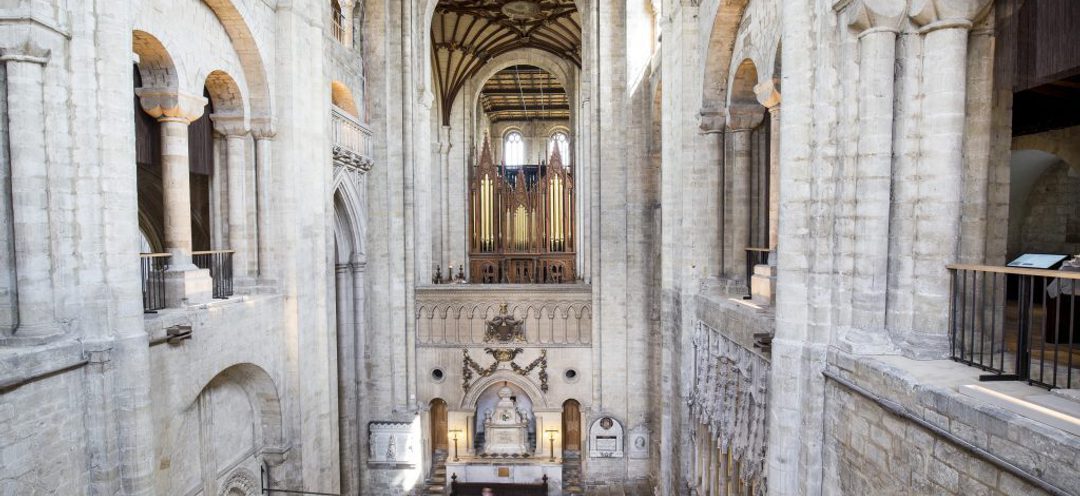
Stephen had moved to the village of Hursley, south west of Winchester, by 1604 as his first child, Elizabeth, was baptised at All Saints’ Church, Hursley, on 13 March 1604. There is no record of his marriage to his wife, Mary, but they had two more children, Constance, baptised on 11 May 1605, and Giles, baptised on 30 June 1607.
Stephen, Mary and family had lived at a property linked to Merdon Manor but by 1608-9 the name of the person renting it had changed. From a list of property in the probate record, it is possible that Stephen and Mary had run a shop in Hursley.
Was it a change in family circumstances which prompted Stephen to leave for America? Stephen set sail on the Sea Venture on 2 June 1609, never to see his wife again. When Stephen returned to Hursley he would have learned that his wife had been buried at All Saints’ Church, Hursley, on 9 May 1613. Thomas Sternhold is also buried in the churchyard, who completed a metrical translation of the psalms. Another John Hopkins added a further seven psalms and published them in the 16th century.
Like Upper Clatford, Hursley dates from the Saxon era and a manor has existed in the village since c.500AD. The Revd John Keble, (1792-1866) became Vicar of All Saints’ Church, Hursley, in 1836 and was one of the co-founders of the ‘Oxford Movement’. Stephen and Mary Hopkins would have seen an earlier church on the same site. It was the Revd John Keble who had the part-Dutch, part Palladian style church which dated from 1753, rebuilt in its current Victorian Gothic form in 1847-8, for which the funds were found from the proceeds of two books written by Keble. Today, IBM now has a large office near the site of a former Tudor house which was the manor house.

Books relating to the early American colonies are held in Winchester College Treasury including The Eliot Indian Bible, officially named Mamusse Wunneetupanatamwe Up-Biblum God Naneeswe Nukkone Testament Kah Wonk Wusku Testament (Cambridge, MA, 1685) – the first Bible published in British North America. This edition of the Bible in the Native American language of Algonquin was printed in Cambridge, Massachusetts, for the use of missionaries. Winchester College’s copy was presented by an American visitor named Samuel Sewall. A few years after returning to America, Sewall became one of the judges at the Salem witchcraft trials.
Sewall’s visit to England, diary entry for 25 February 1689
Went to Winchester in the morning, and there met with my Letters from my dear wife and New England Friends, dated January last. Laus Deo. To a pair of Buckles for Cousin Sarah… £0.3.3. Spent in my Journy £0.3.7. View’d Winchester Colledge, the Chapel, Library, built in the midst of the Green within the Cloisters. Left my Indian Bible and Mr. Mather’s Letter there. Was shew’d also the Hall, which is above Stairs.

